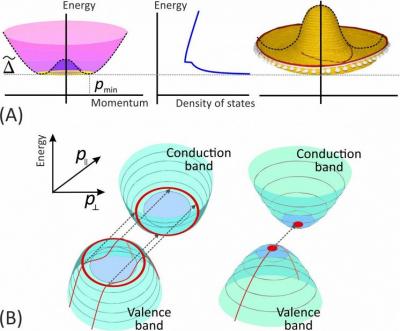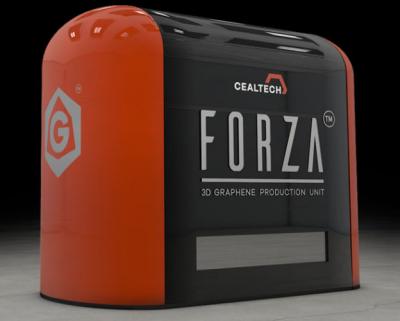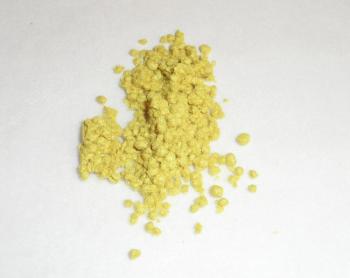 The European NanoMaster project (a EC Seventh Framework funded project which started on December 2011 and includes a total of 14 partners, including AIMPLAS), has developed improved graphene, nanographite and expanded graphite masterbatches (or concentrates), offering the chance to use these particles in the conventional industry of plastics processing, as well as in additive manufacturing processes, such as 3D printing and laser sintering.
The European NanoMaster project (a EC Seventh Framework funded project which started on December 2011 and includes a total of 14 partners, including AIMPLAS), has developed improved graphene, nanographite and expanded graphite masterbatches (or concentrates), offering the chance to use these particles in the conventional industry of plastics processing, as well as in additive manufacturing processes, such as 3D printing and laser sintering.
The particles can be used in injection and extrusion conventional processes and AM (powders for SLS and rods for 3D printing) to produce parts for cars, toys and electronic devices. While there is still a long way to go, NANOMASTER has provided valuable information regarding the behavior of these materials. The processing conditions have been optimized in each one of the manufacturing stages, with the collaboration of multinational companies, such as ROCHLING, PHILIPS and LEGO, who have developed parts for sectors such as toys, electrical- electronic and automotive industries. AIMPLAS has also developed materials for the new manufacturing technologies: rods for 3D printing and powder for laser sintering.







